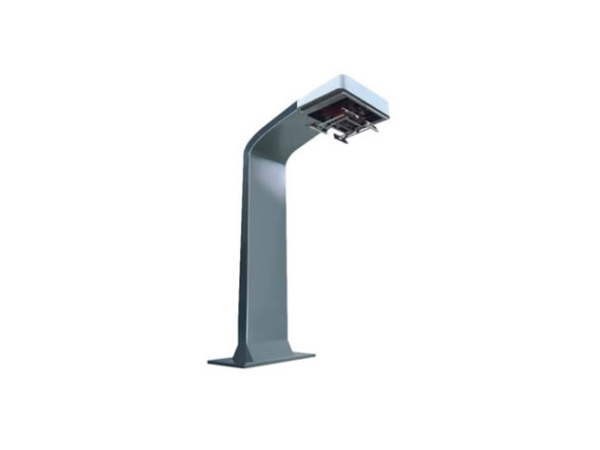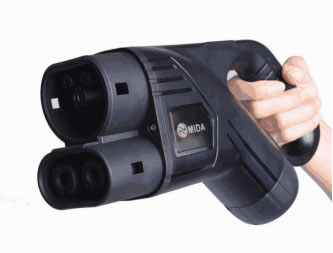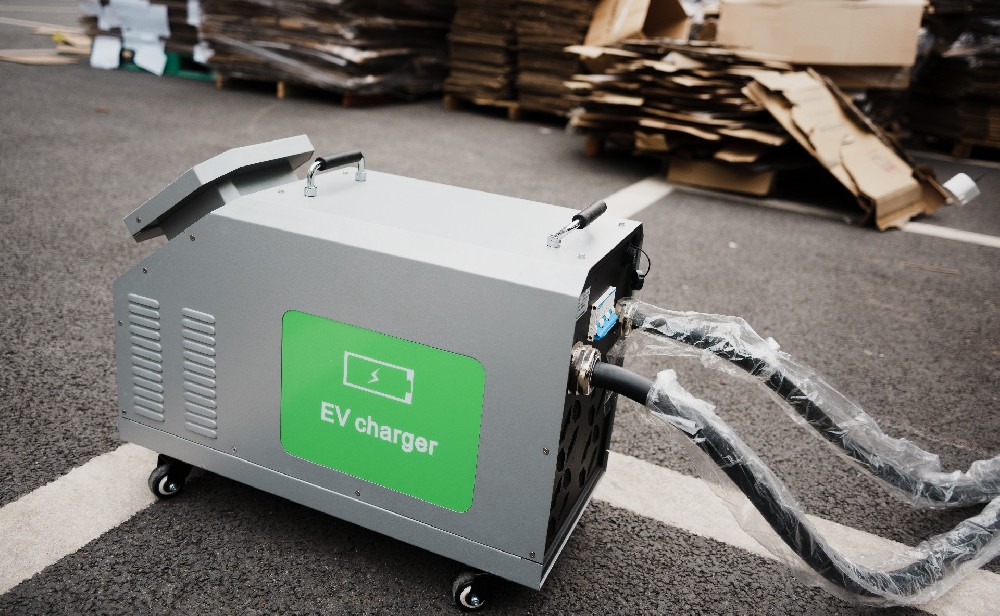-
13822183778@139.com
-
13822183778
How to solve the charging challenges faced by new energy vehicle owners?
With the development and promotion of new energy vehicles, more and more car owners are choosing new energy vehicles. The main reason is that the cost of using new energy vehicles is lower than that of fuel vehicles, and the driving experience is better than that of fuel vehicles. However, once you choose a new energy vehicle, charging issues also arise.

Currently, the market is flooded with various charging piles, but many of them have poor user experiences. For example, there are many unusable "zombie piles," some fast-charging piles have output power far below their rated power, failing to meet fast-charging needs; frequent faults occur in the interactive screen and gun lock during charging; and the sharp howling caused by wind cooling devices, etc.
One of the main reasons for the insufficient charging infrastructure is that many business owners who are interested in setting up charging stations are concerned about the difficulties in managing, maintaining, and operating them, as well as the challenges in making a profit. Due to the complexity of wiring, high production costs, low efficiency, and difficulties in after-sales maintenance, most operators require manufacturers to send personnel to the site to handle after-sales issues, resulting in a waste of human resources, materials, and time, and causing inconvenience for customers and making it difficult for charging stations to generate profits.
Second, low utilization of charging piles.
Although the number of charging piles is increasing, many charging stations in cities have low occupancy rates, with some equipment being idle for long periods or even illegally occupied. These issues lead to a mismatch between supply and demand between the demand side and operators. Additionally, there are problems with the maintenance and operation of charging piles, resulting in many malfunctions, which further impact the promotion and use of new energy vehicles.
 How long does it take to charge ···
How long does it take to charge ···
 DC Fast Charging CCS type 2 plug
DC Fast Charging CCS type 2 plug
 The high-voltage and high-curren···
The high-voltage and high-curren···


